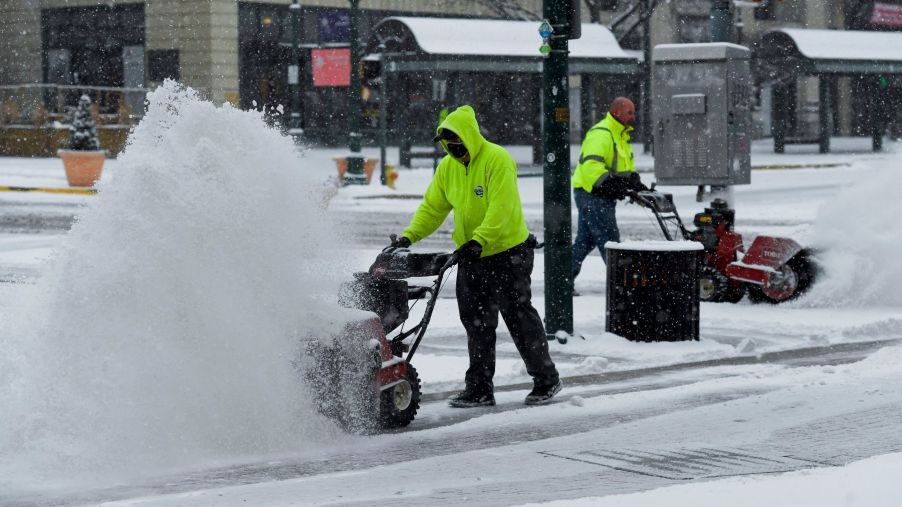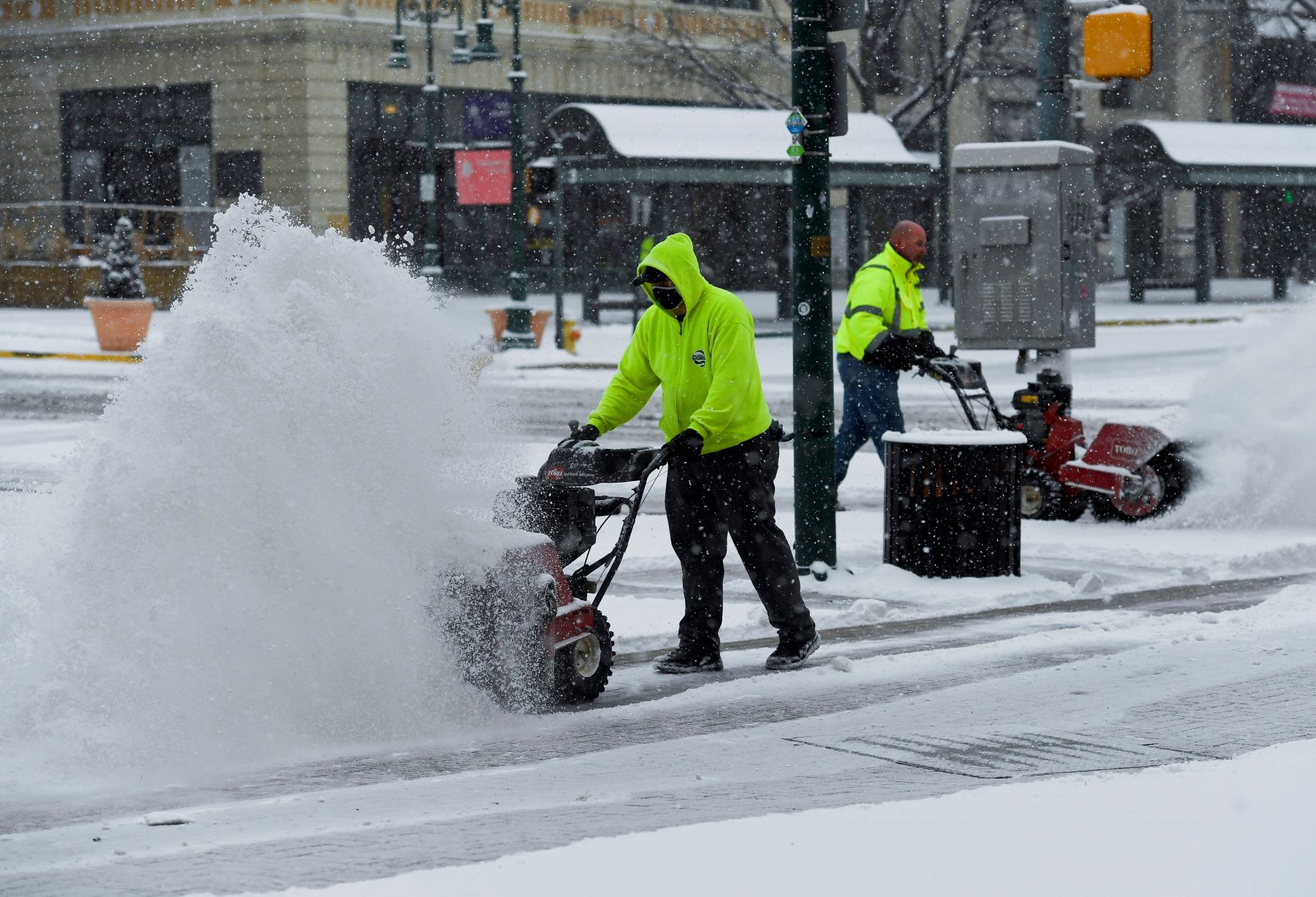
Is There a Difference Between a Snow Blower and a Snow Thrower?
With winter ramping up, many drivers are worried about how the snow will affect car safety. If your vehicle doesn’t have AWD, a good set of winter tires should work just as well. Those that live in rural areas may also consider getting a snow plow to keep their driveways clear, or perhaps a snow blower or snow thrower.
Snow blowers and snow throwers are slightly cheaper alternatives to snow plows. Plus, instead of attaching them to your car, you can operate them by hand. They might sound like the same thing, but they actually have different uses.
The main differences between snow blowers and snow throwers

Snowblowers at Jack’s tells us that a snow thrower is the simplest of these two machines. It’s a single-stage machine, meaning that the snow is thrown using only one movement. It repeats the same step continuously, picking up snow and then tossing it out of the chute.
In contrast, a snow blower operates using two stages. First, the auger picks up the snow and funnels it into the impeller, which acts as a very powerful fan. It’s the impeller that blows the snow out of the chute, completing the second stage. A few snow blowers on the market even operate in three stages because they have an extra accelerator part. This component can grind through ice and tightly-packed snow, shooting out white stuff up to 50 feet away! A standard two-stage snow blower can toss snow up to 35 feet away from the user.
On the other hand, the snow thrower can launch snow about 15-25 feet away, depending on the model. That’s still a generous distance, but it will obviously take longer to clear a big driveway with just a snow thrower. Of course, snow throwers are also smaller machines, so they are easier to use if you’re not skilled at heavy lifting.
Snow blowers are bigger and wider, so it only takes a few passes to clear a large area of pavement. According to Bob Vila, a two-stage snow blower can clear 26 inches of slow inches of snow in one pass. A three-stage snow blower can take out as much as 30 inches.
Meanwhile, depending on the size of your snow thrower, it can only remove around 11 to 22 inches in a single pass. Additionally, the front intake chute on a snow thrower is too low, so it can’t be physically pushed through deep snow.
Who needs a snow blower?
Snow blowers are ideal for those who live in regions that get heavy snow accumulation each year. It’s also the best machine for people with multiple driveways to maintain in the winter. It gets the work done as quickly as possible, and many snow blowers are self-propelled.
However, even the smallest snow blower can be around two feet wide. You’ll need to ensure that you have adequate space to store the machine when it’s not in use. Snow blowers are also more expensive, ranging from $600-$2,000.
Who needs a snow thrower?
If you only see a couple of feet of snow each year, a snow thrower will suit you just fine. Although they aren’t self-propelled machines, they’re very lightweight, and many come with comfort grips for the handles. They’re also cheaper and can be easily stored during the warmer months.
However, unlike most snow blowers which use gas, snow throwers are usually powered by electricity. You’ll either be restricted by an extension cord or have to deal with a small battery that might only last 20 minutes. It might also take longer to clear a path, but it’s still just as functional as a snow blower.


